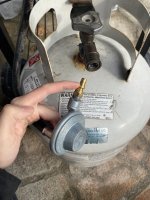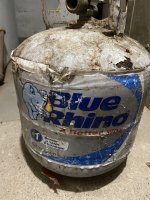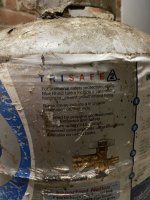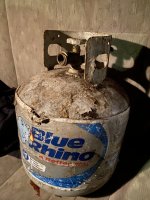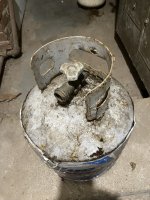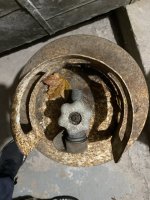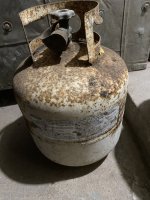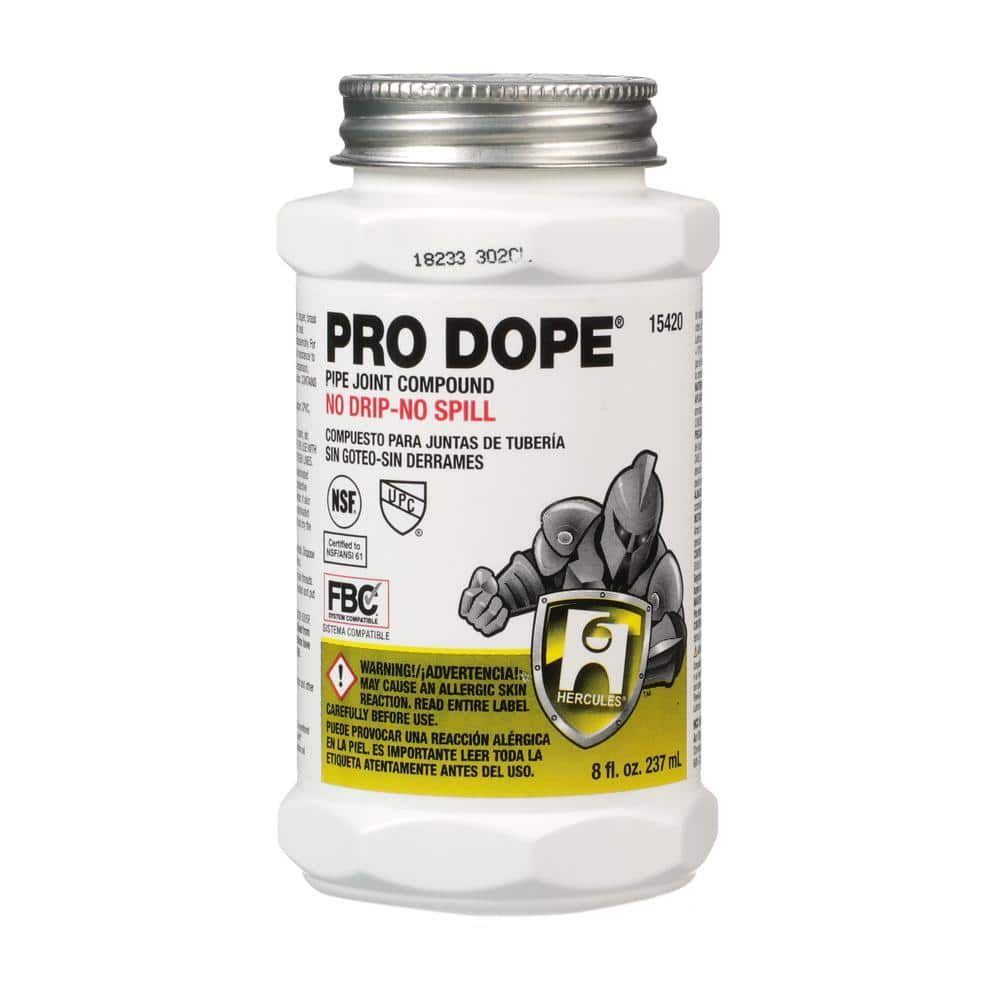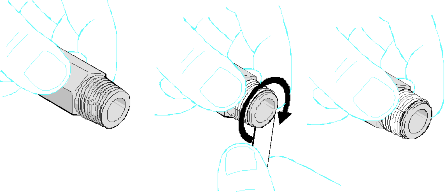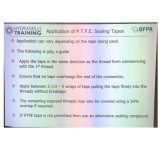ChrisArgentino
TVWBB Fan
Hello, I bought this grill recently and it has the quick disconnect. The tank ran out and everyone on here was saying to swap the tank to a regular acme nut and then swapping the attachment on the regulator to an acme nut attachment (link is below).
Will this work? Do I use yellow plumbers tape on the treads or pipe dope?
The place near me says he still has the attachment to fill this tank up but is it best to just get it changed out? because I hear quick connects aren’t as safe and can leak.
https://www.tractorsupply.com/tsc/p...RrxfTh0KVvn52GwZUtBmCMpTIEaMG3DxoC_gYQAvD_BwE
Will this work? Do I use yellow plumbers tape on the treads or pipe dope?
The place near me says he still has the attachment to fill this tank up but is it best to just get it changed out? because I hear quick connects aren’t as safe and can leak.
https://www.tractorsupply.com/tsc/p...RrxfTh0KVvn52GwZUtBmCMpTIEaMG3DxoC_gYQAvD_BwE

